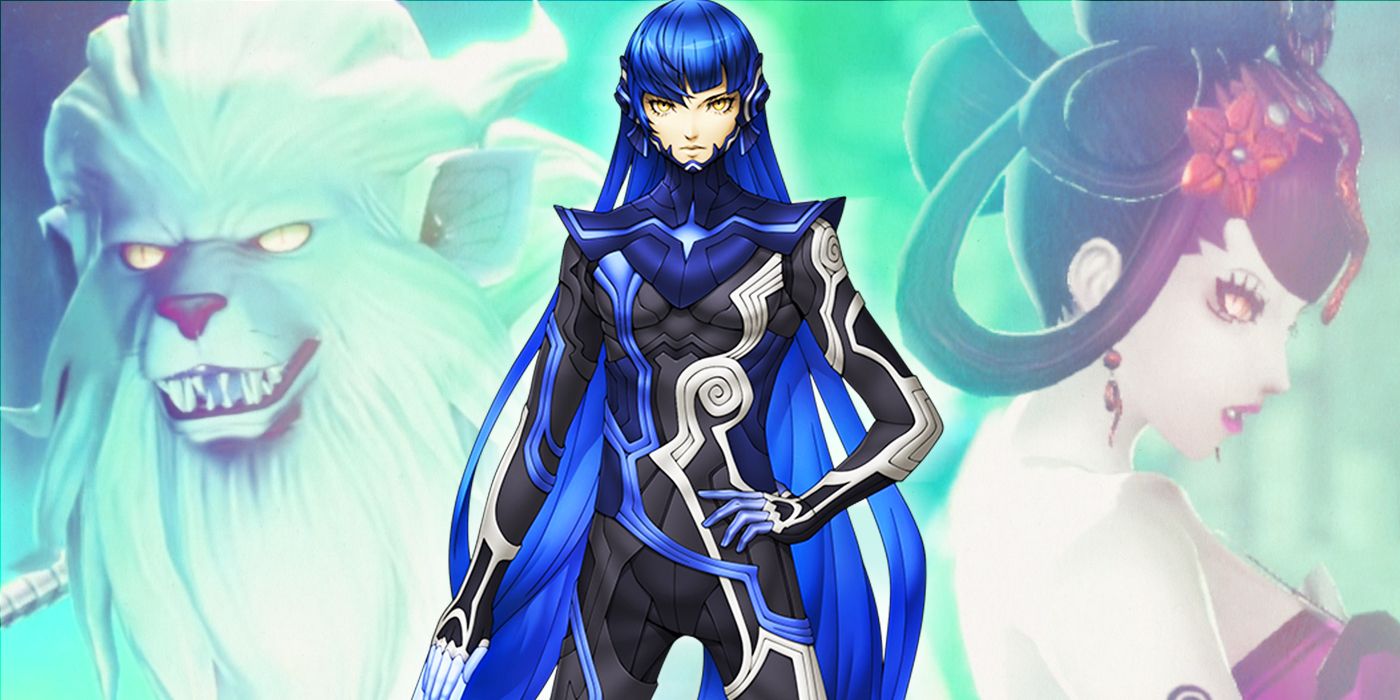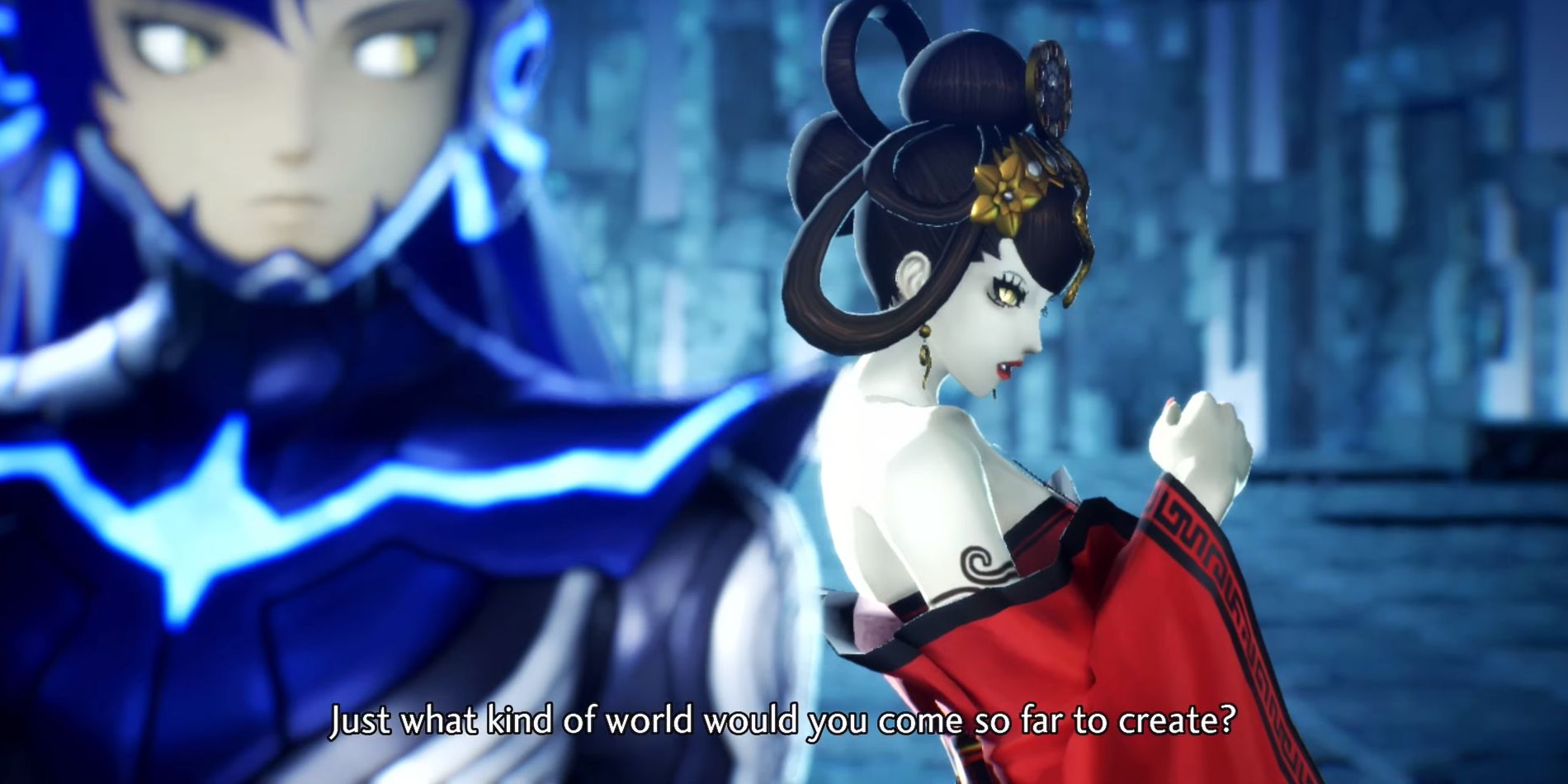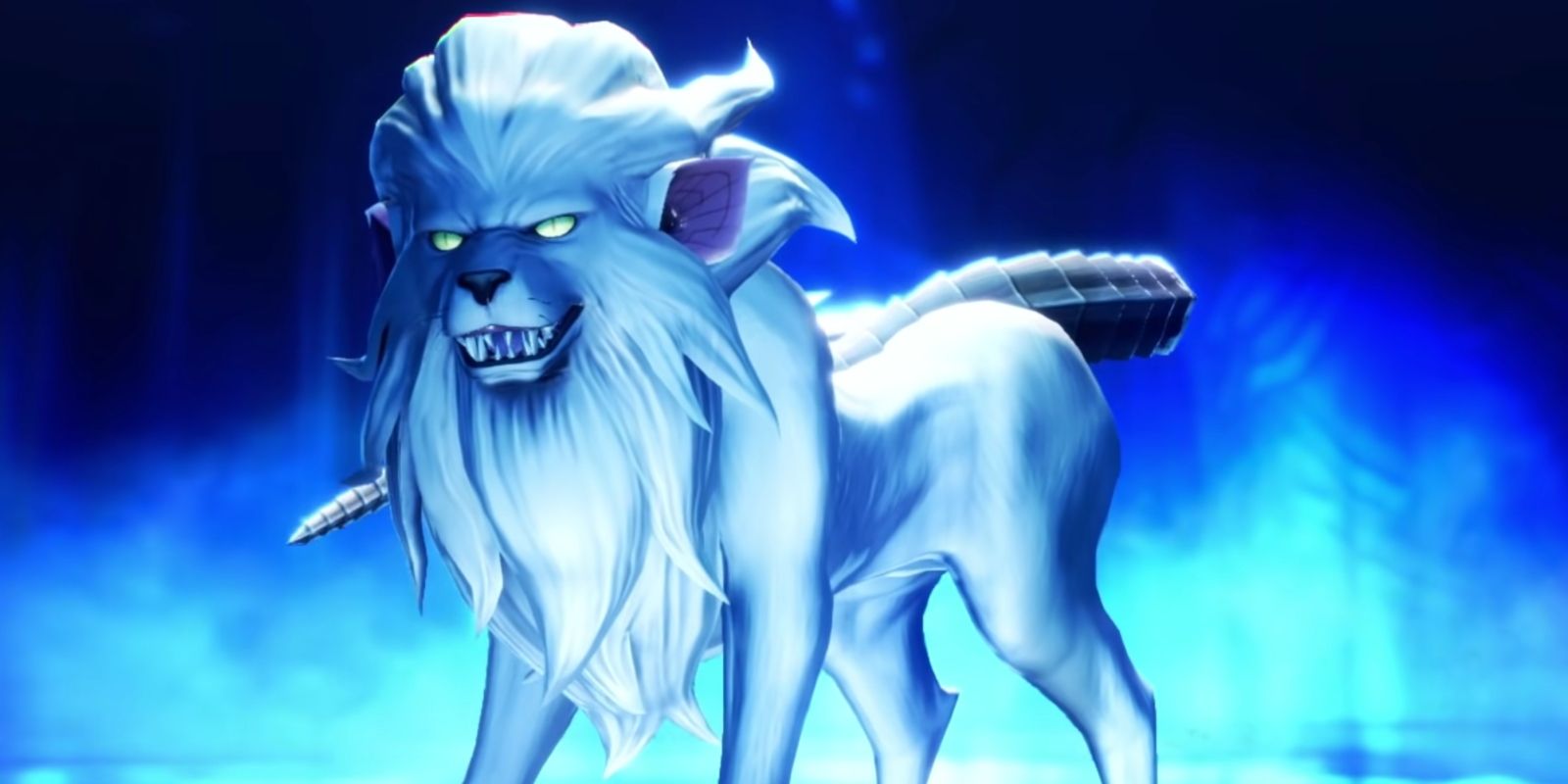WARNING: The following contains spoilers for Shin Megami Tensei V, available now.
Shin Megami Tensei V was a record-breaking success for the series, achieving the highest launch month sales of any title in the franchise's history. With a graphical overhaul and other welcome improvements to the 35-year-old series, it's a game that certainly deserves both its critical and commercial success. But every giant leap forward has its setbacks, and as more and more players are completing the game, the short and underwhelming endings have become a common point of criticism. The secret ending is especially controversial since, despite being treated by the game as the best choice, its genocidal nature means many fans have good reason to consider it the worst.
Dubbed by some fans as the "True Neutral" ending, Shin Megami Tensei V's secret ending is one of four total endings to the JRPG. The series as a whole has always dealt heavily in religious and philosophical themes, and at the climax of Shin Megami Tensei V, players are asked to take a stand for whichever philosophical outlook they believe in -- with their choice resulting in the game's three standard endings. The secret ending differs from the rest by being locked behind a series of difficult side-quests, yet results in an outcome that's arguably worse than the standard endings.
The standard endings all entail the main character -- referred to as the Nahobino -- taking the divine throne and deciding the fate of the universe. In what's known as the Lawful ending, he decides to continue to uphold God's will for peace despite the dead Creator's authoritarian legacy. In the Chaotic ending, the Nahobino breaks God's ban on the existence of other deities and creates a polytheistic universe that's brimming with both infinite potential and infinite conflict. In the Neutral ending, the Nahobino destroys the throne so that demons and humans alike may decide their own fates without a ruler.
None of these outcomes are perfect, but in a traditionally dark series like Shin Megami Tensei, they're not meant to be. Previous entries in the series have, however, unambiguously given the Neutral route the happiest endings, with the caveat that these endings are extremely difficult to achieve. In Shin Megami Tensei V, the standard Neutral ending can be chosen by any player regardless of their actions throughout the game, so instead the True Neutral option takes on the role of the "happiest but hard to achieve" ending.
The problem is that True Neutral is not a happy ending at its core. The unlock requirements for it involve the completion of a hidden chain of side-quests, most notably the defeat of the game's ultimate boss, Shiva, who is level 96 and the toughest foe players will face over the course of the story. These side-quests introduce the Nahobino to a number of benevolent demons that befriend or swear loyalty to him. He reaffirms his lasting friendship with the demon Amonozako, helps Khonsu realize his tragic love for a terminally ill human, and accepts Fionn as his loyal knight. It feels like the story is building towards something as the Nahobino rescues innocent demons like Idun and helps humans live alongside them in peace at the Fairy Village.
Enter the True Neutral ending. The successful completion of all these quests gives the Nahobino a new option once he ascends the throne. He can wipe all demons from existence to create a new, humans-only future. It's an unapologetic genocide of demonkind in a game where nearly every important character is some kind of demon.
The decision to make this option the secret ending is truly bizarre. It also doesn't make sense from a story perspective: Why would a Nahobino who has spent so much time helping and befriending demons suddenly do a 180 and kill them all? This would be more of an understandable ending if this choice was played as dark and tragic, as with the Genocide Route in Undertale, but instead, it's shown as a sad but somehow happy outcome.
Shin Megami Tensei is a series that isn't afraid to shy away from impossible choices. Still, it's very strange that in SMT V, the series' traditional happy ending is the only one that entails genocide, and it happens to be locked behind quests that give you every reason to dislike the ending. As polished as the gameplay and graphics in Shin Megami Tensei V are, the story doesn't seem to have received the care it needed. With Shin Megami Tensei VI undoubtedly on the far horizon, fans can hope the series makes a return to its storytelling roots and creates thoughtful endings fans will adore.



